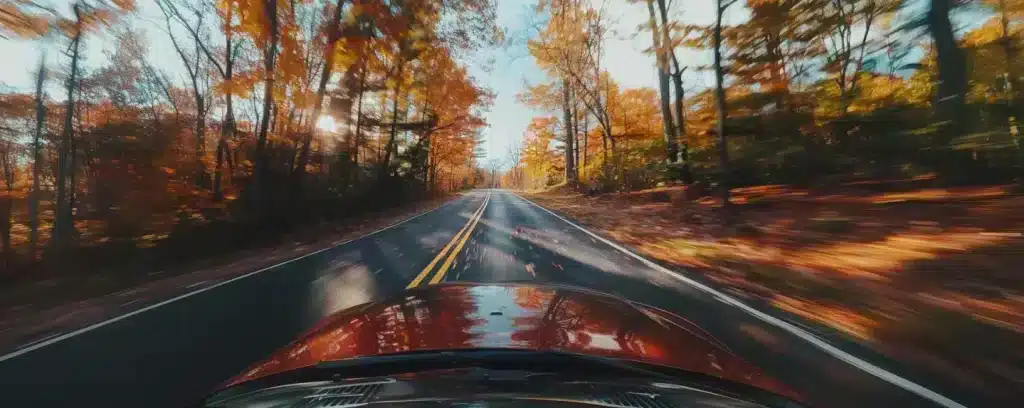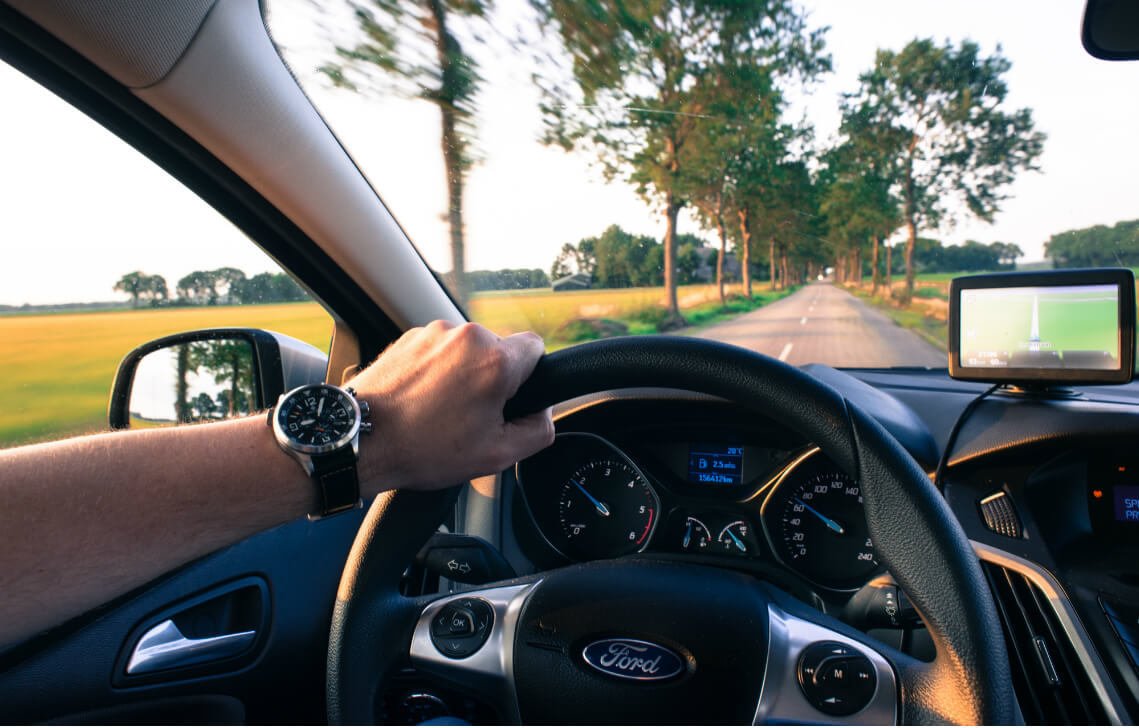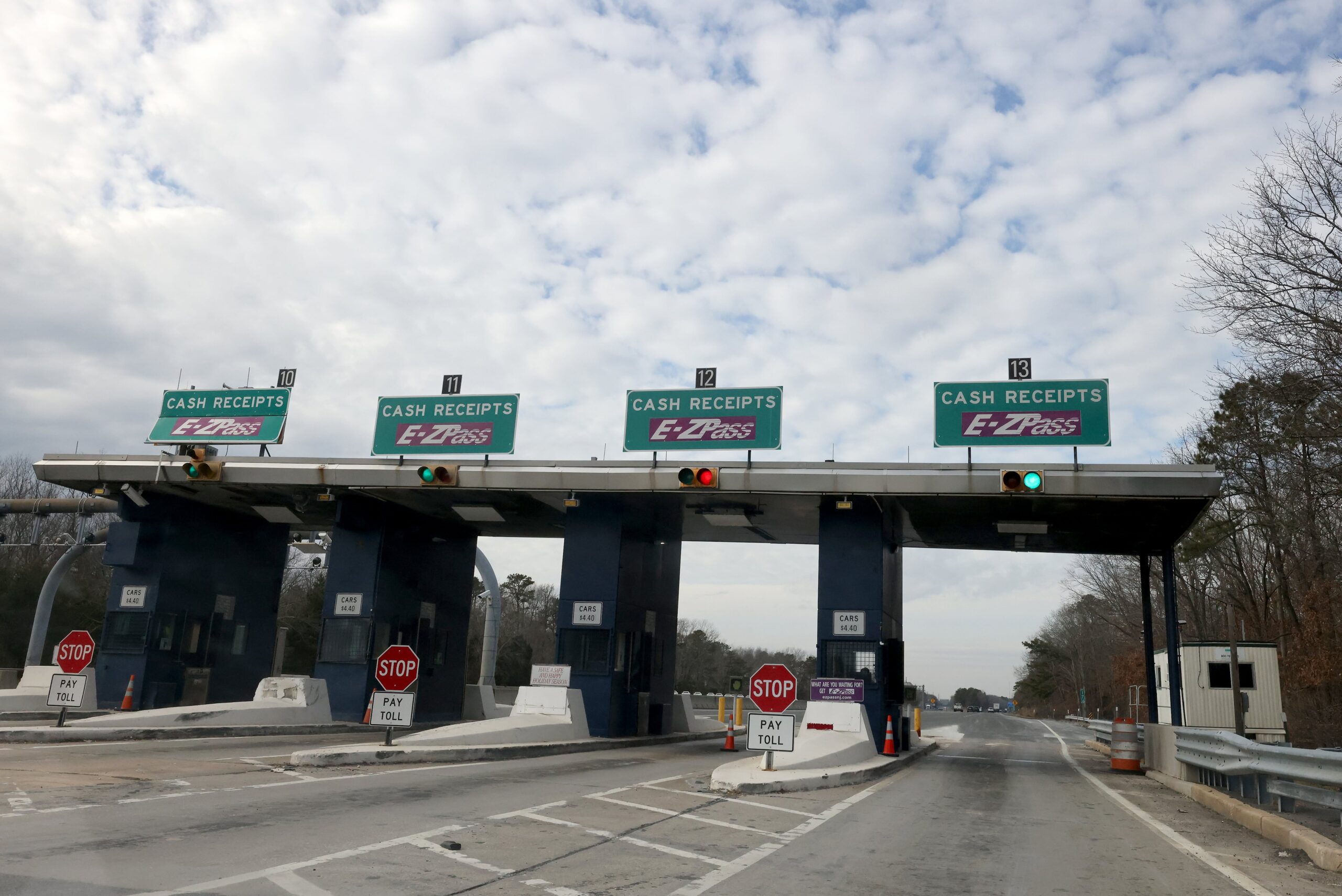Right-of-way laws in Connecticut play a vital role in ensuring smooth traffic flow and preventing accidents. These laws govern who has the legal right to move first in various traffic situations, including intersections, pedestrian crossings, and highways.
Understanding and following these regulations can help drivers, cyclists, and pedestrians navigate Connecticut roads safely and efficiently.
Right-of-Way at Intersections
Intersections are one of the most common places where right-of-way conflicts occur. In Connecticut, the law is clear about who must yield in different situations:
- Uncontrolled Intersections: If two vehicles arrive at an intersection with no traffic signs or signals, the driver on the left must yield to the driver on the right.
- Four-Way Stops: When multiple vehicles arrive at a four-way stop simultaneously, the vehicle on the right has the right of way. If one vehicle arrives first, it proceeds first.
- Traffic Lights:
- A green light means the driver has the right of way but must still yield to pedestrians and vehicles still in the intersection.
- A red light requires a full stop, while a flashing red light functions like a stop sign.
- Left Turns: When making a left turn at an intersection, a driver must yield to oncoming traffic and pedestrians unless they have a green arrow.
Ignoring these rules can result in fines, points on a driver’s license, and legal responsibility in an accident.
Pedestrian Right-of-Way Laws
Pedestrian safety is a major concern in Connecticut. The law requires:
- Crosswalks (Marked and Unmarked): Drivers must yield to pedestrians at all crosswalks. If a pedestrian is already in a crosswalk, vehicles must stop completely.
- Intersections: Pedestrians have the right of way when crossing at an intersection, even if there is no marked crosswalk.
- Jaywalking: Pedestrians crossing outside designated crosswalks must yield to vehicles. However, drivers should still exercise caution and avoid hitting pedestrians.
- School Zones and School Buses:
- Extra caution is required in school zones.
- Drivers must stop for school buses when their stop signs are extended, allowing children to cross safely.
Violating pedestrian right-of-way laws can lead to serious penalties.
Right-of-Way on Highways and Merging Traffic
Connecticut law specifies who has the right of way when merging onto highways and changing lanes:
- Highway Merging: Vehicles entering a highway must yield to traffic already on the highway.
- Lane Changes: Drivers must check for traffic and signal before changing lanes. If a vehicle is already in the lane, the merging vehicle must yield.
- Exit Ramps: Vehicles on exit ramps must yield to traffic on the main highway before merging.
Right-of-Way for Emergency Vehicles

Emergency vehicles with flashing lights and sirens always have the right of way. Drivers must:
- Pull over to the right and stop when an emergency vehicle is approaching.
- Remain stopped until the emergency vehicle has passed unless directed otherwise by law enforcement.
- Never follow or attempt to pass an emergency vehicle responding to a call.
Failure to yield to emergency vehicles can result in hefty fines and possible legal consequences.
Bicyclists and Right-of-Way
Bicyclists in Connecticut have the same rights and responsibilities as motor vehicles. However, drivers must:
- Yield to cyclists in bike lanes and when turning.
- Maintain at least three feet of space when passing a bicycle.
- Be cautious at intersections where cyclists may be crossing.
Cyclists, in turn, must obey all traffic signs and signals and yield to pedestrians.
Conclusion
Right-of-way laws in Connecticut are designed to reduce accidents and keep traffic moving smoothly. Whether at intersections, on highways, or near pedestrians, knowing who has the right of way can prevent conflicts and ensure everyone’s safety. By obeying these laws, drivers, cyclists, and pedestrians can share the road responsibly.








